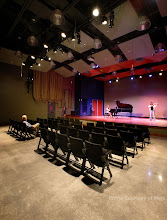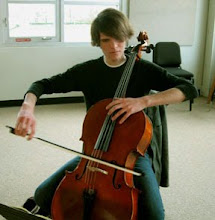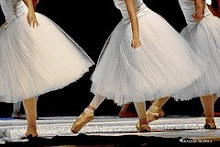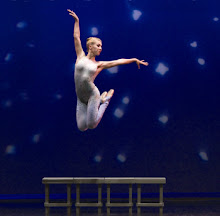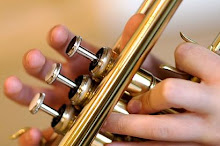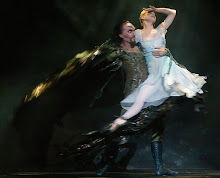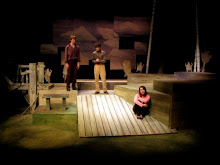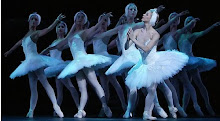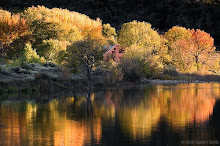
By Lynne Irvine
COPYRIGHT 2009
What do words like inspiring, challenging, rigorous, creative, productive, sensitive, culturally diverse, and equitable have in common? They are all words found in the Vision and Mission statements of four national exemplary public schools. Each small learning community implements a research-based, student-centered approach to learning, with impressive results.
The award winning Douglas Anderson School of the Arts (DA) in Jacksonville, Florida has brought faculty and students together with a common bond—a love of the arts for nearly a quarter of a century. DA has turns dreams into reality in state-of-the-arts studios; providing pre-professional opportunities in visual arts, dance, theater, creative writing, and media arts. At DA the arts support a rigorous academic curriculum, which places DA among the top schools in the nation. DA graduates attend an impressive list of colleges nationwide. Principal Jackie Cornelius believes creative students learn differently, and require special education. “We work to fan and spark our students’ passion, risk-taking and natural curiosity, and applaud their success in creating their own unique tapestries of learning.”
According to Cornelius, teaching is not a job, but a calling. Excellence at DA begins with her exemplary commitment and leadership. In 2009 Cornelius was named Arts Administrator of the Year by the Florida Department of Education. Over the past twenty years, Cornelius has worked tirelessly to make DA one of Florida’s top 50 High Performing High schools, and an A+ Florida school for the last eight years with ACT and SAT scores 50+ points above national averages.
In 2008 alone, DA recognition includes: a National GRAMMY Gold Signature School Award, Best Academic High School by Newsweek, US News & World Report, and the College Board, 13 youngARTS Scholars, 2 Florida’s First Lady Arts Recognition Scholars, National Service Learning School by the Department of Education, National Leadership School by the International Center for Leadership Education, 3 National Merit Scholars, the NAACP National ACT-SO Award in the Arts, 2 US Congressional District Art Awards, Third Place in the Essentially Ellington High School Jazz Band Competition at Lincoln Center, 2 National Council of Teachers of English Achievement Awards in Writing, and recognition as a Top Exemplary Arts High School by the Arts School Network.





